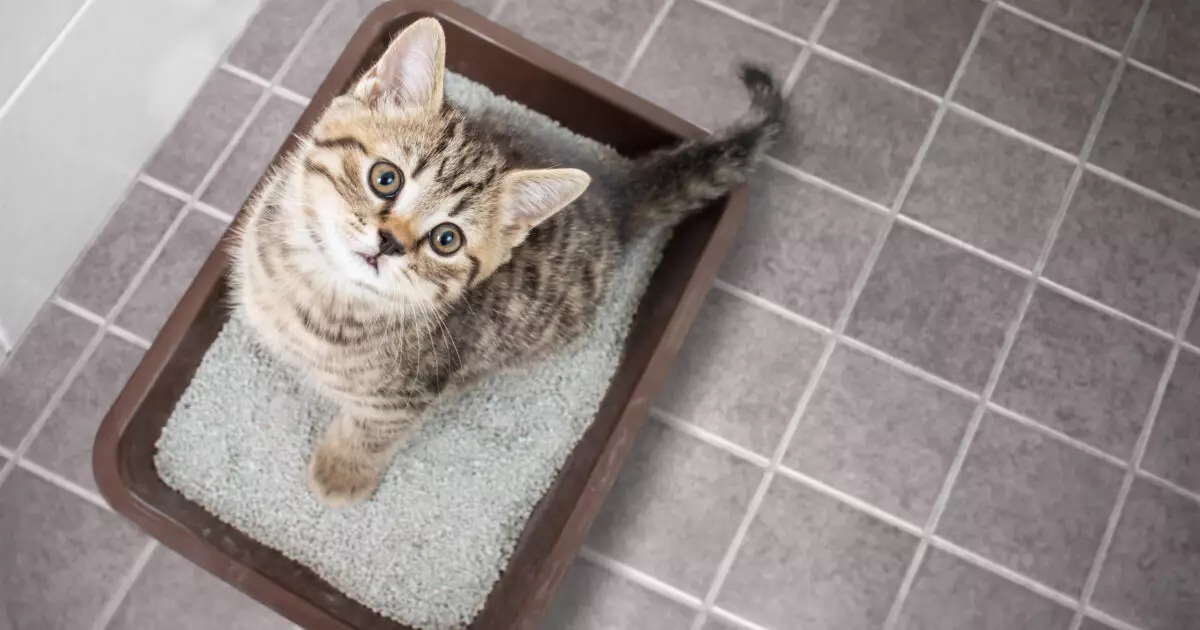As a devoted cat owner, ensuring your feline friend remains healthy is of utmost importance. Cats are known for their ability to mask discomfort and hide signs of illness, making it challenging for pet parents to identify health issues until they become severe. However, by being vigilant and educated about potential health problems, you can take proactive measures to keep your cat safe and healthy.
One of the most common health problems that affect our four-legged companions revolves around their bathroom habits. Conditions such as urinary tract infections (UTIs) are prevalent, particularly in adult female cats, but male cats can also suffer from these infections, often leading to more serious complications. UTIs are primarily caused by bacterial infections that can elevate urine pH levels, leading to crystallization. If untreated, this can result in dangerous urinary blockages.
Observing your cat’s behavior can offer crucial insights into their health. Frequent trips to the litter box without producing urine, visible discomfort while urinating, or the presence of blood in the urine can be alarming indicators of a UTI. Additionally, an increase in thirst and a decrease in appetite may accompany these symptoms.
Interestingly, conditions such as bladder inflammation, also known as cystitis, share similarities with UTIs but have their distinct causes and symptoms. While cystitis can cause significant discomfort, it typically does not carry the same threat level as a UTI. Conversely, bladder stones can induce inflammation and lead to complications akin to UTIs, emphasizing the need for pet owners to remain vigilant.
Another set of health issues that cat owners must be aware of involves metabolic acidosis. This condition indicates an overabundance of acid in the body, frequently associated with chronic kidney disease. Diagnosis can be challenging, as the symptoms are subtle and can be mistaken for other ailments.
Kidney tubular acidosis, or renal tubular acidosis, further complicates the scenario. This condition occurs when a cat’s body fails to expel acid through urine, leading to elevated blood acidity and diminished urine acidity. Signs to watch for include breathing difficulties, bouts of twitching, and irregular heartbeats, alongside common symptoms such as frequent urination and weight loss.
Recognizing these health issues early provides the best chance for successful intervention, preventing minor ailments from escalating into major medical crises.
1. Maintain a Clean Environment: The first line of defense against health problems, especially UTIs, is a clean litter box. A dirty environment encourages bacterial growth, leading to potential infections. Regularly changing the litter and sanitizing the box is essential.
2. Choose Quality Food Wisely: A high-protein diet free from fillers promotes overall health. Wet food is often preferable to dry food as it contains higher moisture content, aiding in hydration and promoting urinary health.
3. Alleviate Stress: Surprisingly, stress can trigger several health issues in cats. Providing engaging toys, multiple climbing perches, and safe hiding spots can help create a more relaxed atmosphere. For multi-cat households, ensure every cat has its own resources, such as their litter box and food dishes, to minimize competition.
4. Monitor for Changes: Cats are creatures of habit, and any noticeable behavioral change warrants attention. Sudden shifts can indicate discomfort or illness. Be attentive to your cat’s daily routine.
5. Regular Veterinary Visits: Regular check-ups can be life-saving. These visits allow your veterinarian to catch potential health problems early on, ensuring your cat receives the appropriate care.
One innovative solution tailored to assist cat parents in monitoring their pet’s health is color-changing litter, such as PrettyLitter. This product is designed to change color based on the pH of your cat’s urine, allowing owners to spot potential health issues before visible symptoms arise.
For instance, a dark blue or green color might indicate a high urinary pH, while orange suggests low urinary pH levels. By recognizing these colors, you can promptly address any underlying conditions with your veterinarian.
As cat owners, our responsibility transcends providing food and shelter; it extends to understanding the distinct health needs of our feline companions. By being informed about common health issues and employing preventive measures, we can significantly enhance our cats’ quality of life. Incorporating tools like PrettyLitter into your routine can further empower you to take charge of your cat’s health. Make educated choices, stay vigilant, and your beloved cat can enjoy a long, healthy life by your side.


Leave a Reply